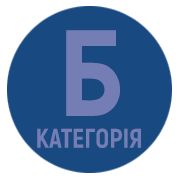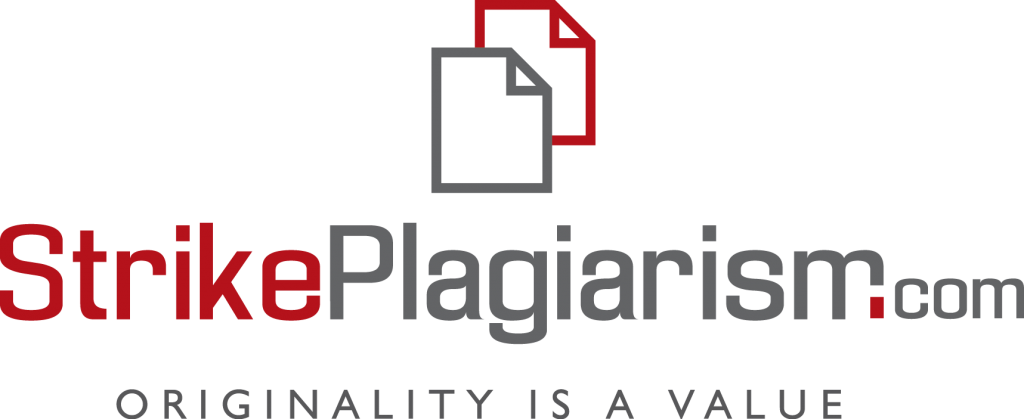Вимоги до оформлення статей
Під час подання рукопису до журналу автори повинні підтвердити його відповідність всім встановленим вимогам, вказаним нижче. В разі виявлення невідповідності поданої роботи пунктам цих вимог редакція повертатиме авторам матеріали на доопрацювання.
- Це подання раніше не було опубліковане і не надсилалося на розгляд до редакцій інших журналів (або вкажіть пояснення у коментарях для редактора).
- Файл подання є документом у форматі Microsoft Word, RTF.
- Веб-посилання у тексті супроводжуються повними коректними адресами URL.
- Текст набраний 14-м розміром кеглю з міжрядковим інтервалом 1,5; авторські акценти виділені курсивом, а не підкресленням (всюди, крім адрес URL); всі ілюстрації, графіки та таблиці розміщені безпосередньо у тексті, там, де вони повинні бути за змістом (а не у кінці документу).
- Текст відповідає вимогам щодо стилістики та бібліографії, викладеним нижче.
Оформляючи статті, необхідно дотримуватись вимог щодо фахових видань України.
Матеріал статей має містити нові та неопубліковані раніше теоретичні й експериментальні результати наукових досліджень відповідно до тематики Збірника. Для числових даних, за винятком загальновідомих величин, слід робити посилання на першоджерело. Також потрібно вказувати посилання на графічні матеріали.
Статті мають бути відредаговані та підписані всіма авторами. Обсяг статті повинен бути не менше 8 сторінок друкованого тексту, включаючи ілюстрації, таблиці та бібліографію.
Текст статті має бути надрукованим у редакторі Microsoft Word на аркушах форматом А4 (210 х 297 мм):
– 14 кеглем, шрифтом Times New Roman;
– з інтервалом між рядками – 1,5;
– з абзацним відступом – 1,0 см;
– з полями: лівим – 2,5 см, правим – 1,5 см, верхнім і нижнім – 2,0 см;
– без нумерації сторінок.
Матеріал статті викладається в такій послідовності:




